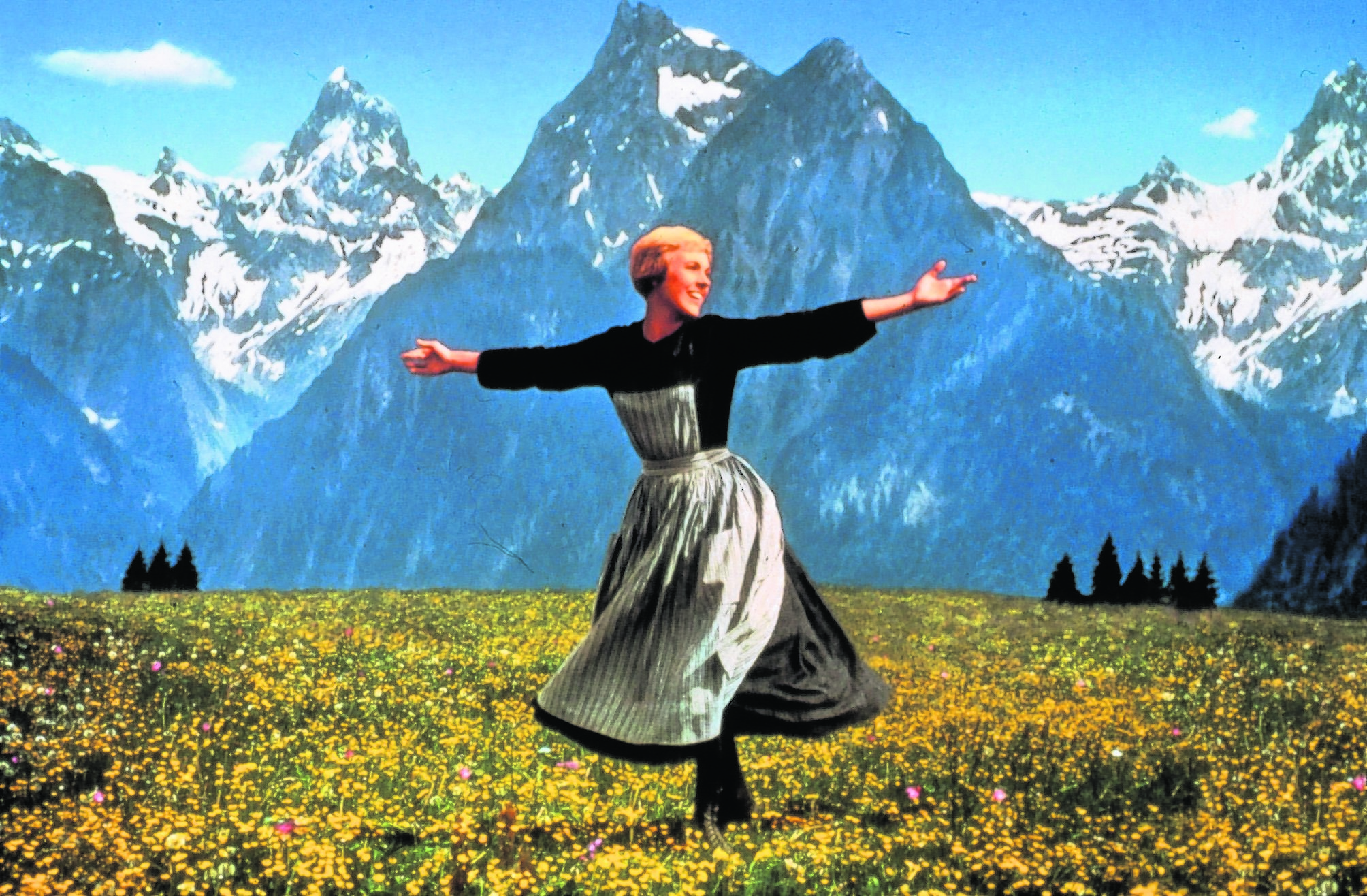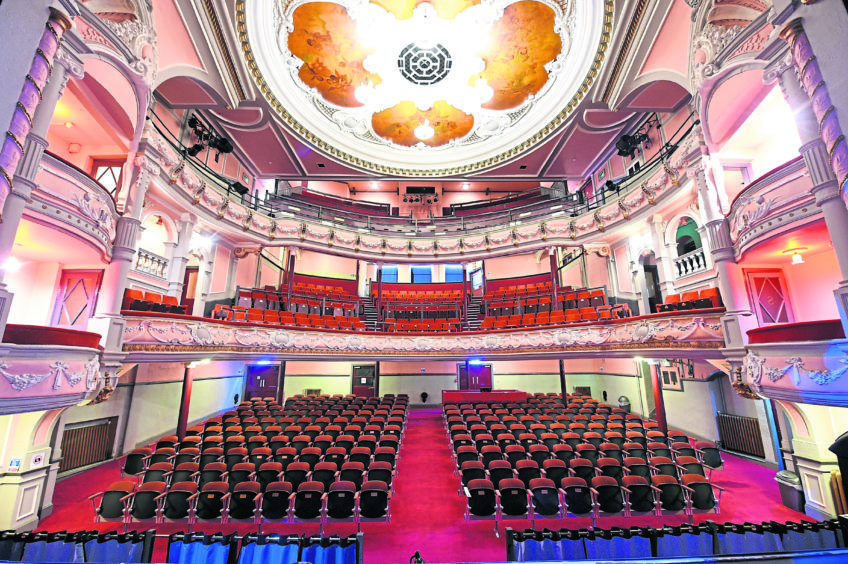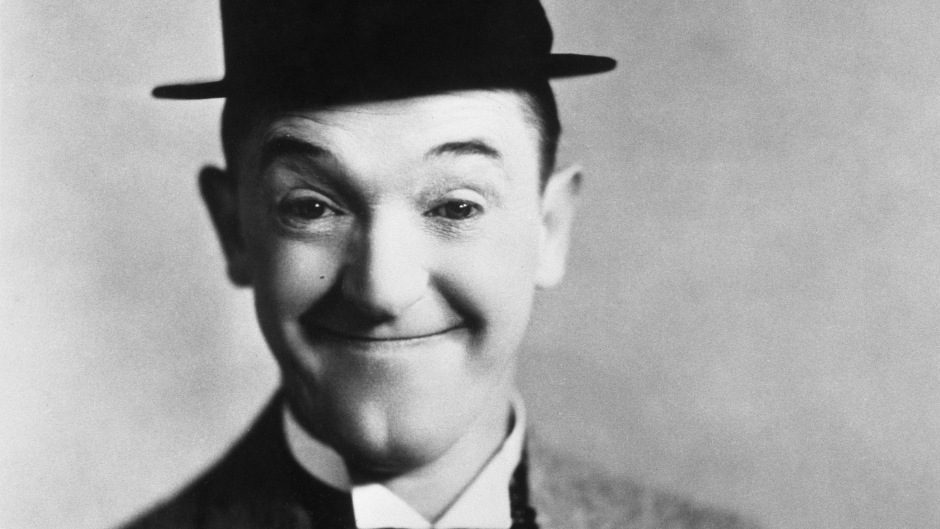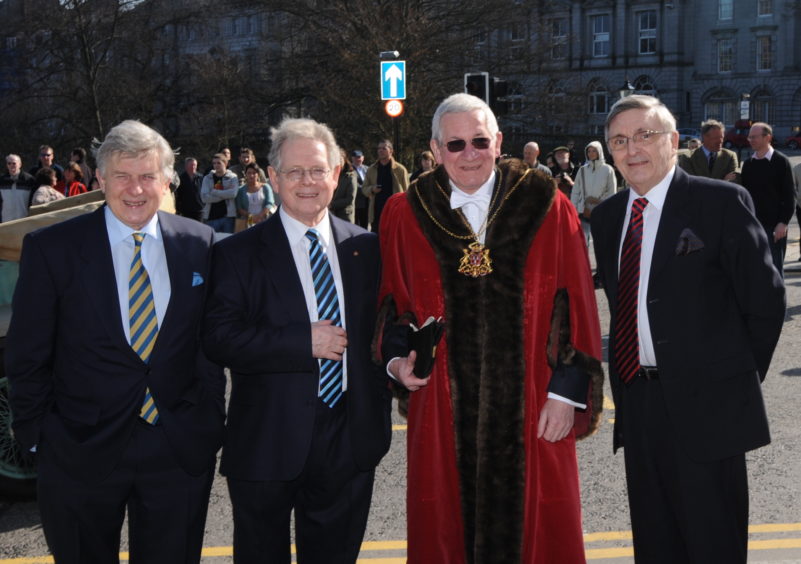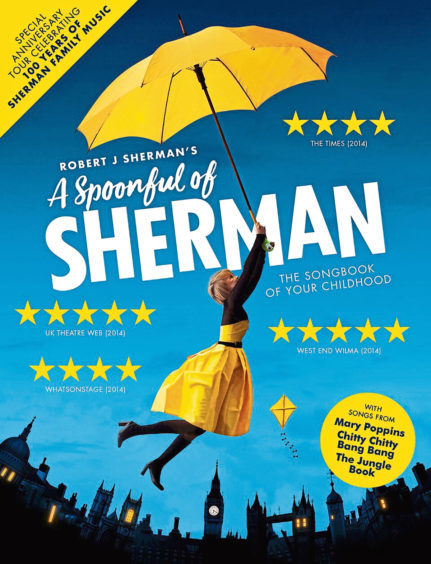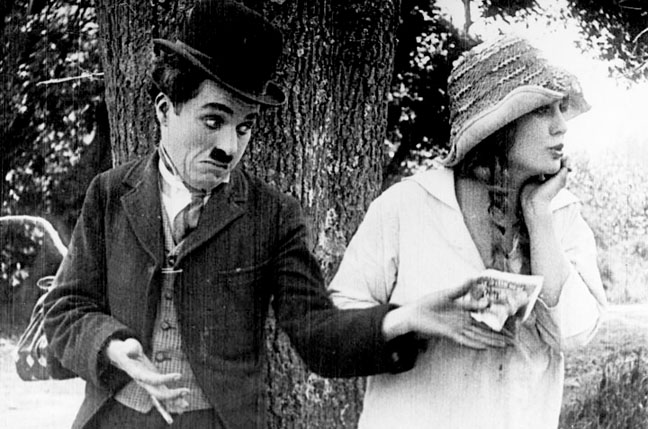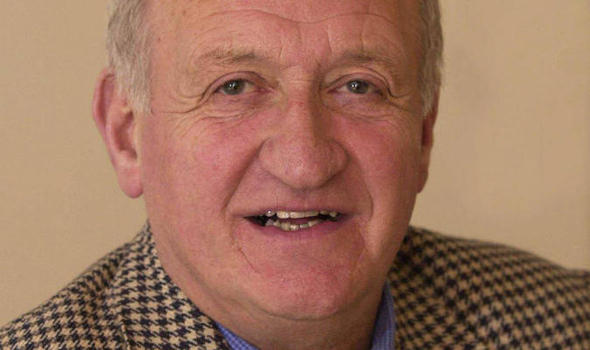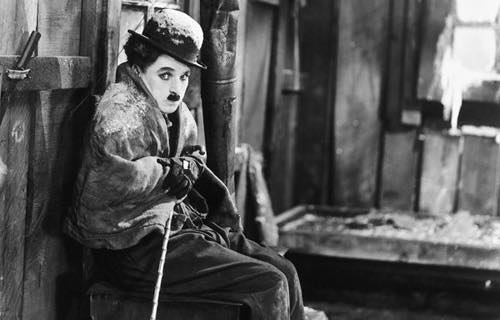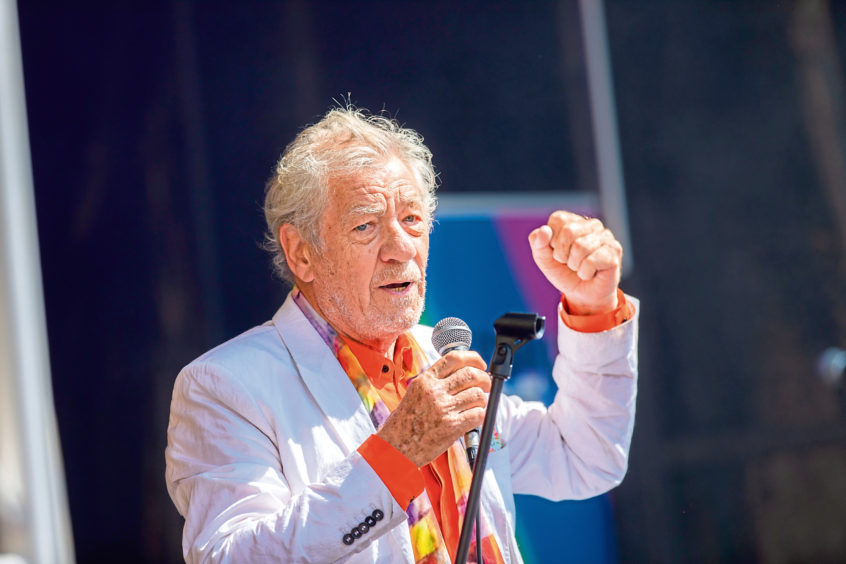She is the star who climbed every mountain to the Sound of Music and played the world’s most famous nanny in Mary Poppins.
Yet, long before Dame Julie Andrews was taking the starring role in some of Hollywood’s most unforgettable films, she was introduced to the world, in the company of her parents, at Aberdeen’s Tivoli theatre during the Second World War.
Stan Laurel and Charlie Chaplin
The historic venue, which opened its doors in 1872 as the prelude to becoming one of Scotland’s leading arts arenas in the golden age of the music hall, had already been graced by the likes of comedy stars such as Stan Laurel and Charlie Chaplin, the latter of whom made an emotional return to the Granite City 50 years ago.
But even if they provided plenty of slapstick on their way to becoming Hollywood legends, it was the eight-year-old Andrews who demonstrated with remarkable poise in 1943 that a spoonful of sugar definitely helps the medicine go down.
In advance of the wartime concert in Aberdeen, the north-east public was offered the chance to enjoy the resonant tenor voice of “Ted Andrews and (piano-playing wife) Barbara – and introducing eight-year-old Julie”.
The voice of a lark
This was in the days before the international success attained by the English singer and actress, who subsequently rose to prominence in Broadway musicals such as My Fair Lady and Camelot, and starred in the premiere of Rodgers and Hammerstein’s written-for-television work, Cinderella, which was watched by an audience of more than 100 million viewers.
But she made an instant impression on her Aberdeen audience, including a young Jack Webster, the former Press and Journal writer, who was entranced by the crystal-clear quality of her voice when the youngster eventually took to the stage.
He wrote: “I was very fortunate to witness the very beginning of Julie Andrews, who was destined to become one of the great musical comedy stars of all time, including being the leading lady in Mary Poppins, The Sound of Music, and so much else.
”She sang like a lark in Aberdeen that night and the audience was enthralled. And her mother played to the same high standard.
“You could tell she was going to go on to achieve great things.
“There was something special about her, even though she was still at primary school.”
The Tivoli might have fallen on hard times by the 1960s, but it enjoyed a reputation as one of the country’s most stylish concert halls with more stars than a planetarium.
The theatre was originally launched as Her Majesty’s Opera House by a group of Aberdeen businessmen, who wanted to bring culture to the city.
In 1865 or 1866, they decided to buy the piece of land on Guild Street and employed one of the world’s leading theatre architects, Charles Phipps, to construct an auditorium.
In 1872, the venue opened with a play called The Lady of Lyons and it flourished from then until 1906 as Her Majesty’s Opera House.
However, after being closed while it underwent a substantial refurbishment, the new premises were unveiled in 1910 as the Tivoli Theatre of Varieties.
And that was the beginning of a golden period, one where the public eagerly responded to a growing number of high-profile acts, who embarked on the journey north to Aberdeen.
North-east businessman, Brian Hendry, has been instrumental in resurrecting and transforming the Tivoli for the 21st century.
And he is steeped in the history and heritage of the cherished property on Guild Street.
From iconic venue to a building at risk
He said: “The Tivoli blossomed from 1910 until 1966, closing only on Sundays.
“It often had two or three shows a day and, in its heyday, the seating capacity was 1,750.
“Today, with new safety regulations in place, the theatre now seats 530.
“There is the connection with such famous performers as Charlie Chaplin, Stan Laurel, Julie Andrews and W C Fields.
“But the biggest box-office draw at the Tivoli was Robert Wilson. He was a famous Scottish singer – the Rod Stewart of his day. And he came here at a time when there was no television, and most people only heard him performing on the radio.
“When people learned that he was to be playing the Tivoli Theatre, they queued down Guild Street onto Bridge Street to see him perform. Robert Wilson sang to 1,750 people, twice a day, six days a week!
“The worst time in its history was when it closed down in 1966. It then opened briefly as a bingo hall, but fell into disrepair from 1998 until 2009. Then it was abandoned and, for a while, it was listed as critical on the Buildings at Risk Register for Scotland.
“However, the Tivoli Theatre Company Ltd was formed and bought it in 2009. Since then, a great deal of work has been undertaken to restore it back to its former glory.”
With the advent of the motion picture industry in the United States, Charlie Chaplin became one of the most famous personalities in the world.
The twin visits to the Tivoli by Hollywood’s little tramp
He was acclaimed for his short films, which often featured his ‘little tramp’ character, who was often bloodied and bullied by his co-stars, but always triumphed in the face of adversity as proof that David could beat Goliath with sufficient grit and gumption.
In the early days of the century, prior to Chaplin travelling to America, he had appeared at the Tivoli theatre as an unknown teenager in the chorus of the Fred Karno Troupe.
It was one of the great coincidences that another member of that precocious ensemble just happened to be Stan Laurel, who also journeyed Stateside, joined forces with Oliver Hardy and the rest, as they say, is history.
By 1970, both Chaplin and the Tivoli had seen far better days.
The comic virtuoso had been hounded out of the US during the notorious McCarthy “witch-hunt” of the 1950s, while the theatre was boarded up and lying in a sad state of disrepair.
However, the two were reunited in poignant circumstances through the persistence of the aforementioned Webster, who explained in his autobiography “A Final Grain of Truth” (Birlinn) how he managed to orchestrate an exclusive meeting with Chaplin, first in Banchory, then back in Aberdeen.
Perhaps you would like to see the Tivoli again?
Mr Webster received a tip-off in August, 1970, that the reclusive comedian was staying at the Tor-na-Coille Hotel, so he booked himself a room and sat reading in the foyer, hoping that he would somehow manage to organise an interview.
Eventually, after several days, he made his request directly to Chaplin’s wife, Oona, the daughter of the American playwright, Eugene O’Neill.
And although he was initially rebuffed, he stuck at it, purchasing a copy of the great man’s autobiography and asking Chaplin if he would sign it.
He did…and then a moment of serendipity happened.
As Mr Webster said: “He remembered the old Tivoli when I mentioned it.
“And he talked about Stan Laurel.
“So I asked him: ‘How would you like to see it again on your way through Aberdeen today?’
”’Yes, I would quite like that,’ he replied. ‘Just speak to the chauffeur’.
”When we arrived in Guild Street on a fine summer day, there were few people to be seen. But within minutes, word got round that Charlie Chaplin was here – and they seemed to appear in droves from nowhere.
“At first, they were not sure it was really him. But he patted children on the head and soon they were convinced, queuing up as he signed their pieces of paper.
”The crowd was still growing to the point that we finally had to usher the frail old man into his limousine and wave him off. But I shook his hand before he left and the experience taught me once again of the power of perseverance.”
The Tivoli in the 21st century
Mr Hendry is convinced that the Tivoli should be ranked alongside Aberdeen FC as one of the city’s great institutions.
But he and his colleagues haven’t been content to merely rest on their Stan Laurels.
The venue has recently staged Hogmanay events which have been beamed across the world from Europe to the US and Australia and the Middle East.
The Tivoli also benefited from almost £20,000 last summer, following a performance by acting legend Sir Ian McKellen.
The star, known for the Lord of the Rings and X-Men films, was performing at 80 theatres across the UK to mark his 80th birthday, with money from tickets sales being pumped back into the local communities.
But, in common with other arts and entertainment organisations, the theatre has been forced to respond to the ongoing consequences of the Covid-19 outbreak.
We are so close to hitting our target 🙏 A massive thank you to everyone that has donated to our JustGiving page. https://t.co/WVm90IJ1Dn
We would also like to thank everyone that donated their ticket money back to the Tivoli 🎭🙏
We are so grateful for all the support 🙏🎭❤️
— The Tivoli Theatre (@TivoliAberdeen) April 28, 2020
It has launched a crowdfunding campaign to help keep the lights on when the social distancing restrictions are lifted at some stage in the future.
A spokeswomen said: “We are all desperate to see the Tivoli theatre open again and we are working tirelessly rescheduling all the fantastic shows we have had to postpone.
“All our regular theatre-goers will have seen the front of house team at the front doors at the end of the shows with our collection buckets. All the funds raised goes directly back into supporting the theatre. While we are closed we would love if you are in a position to donate £1 to our virtual collection buckets.
“We appreciate that these are really difficult and worrying times for everyone. But we look forward to seeing you all back soon.”
